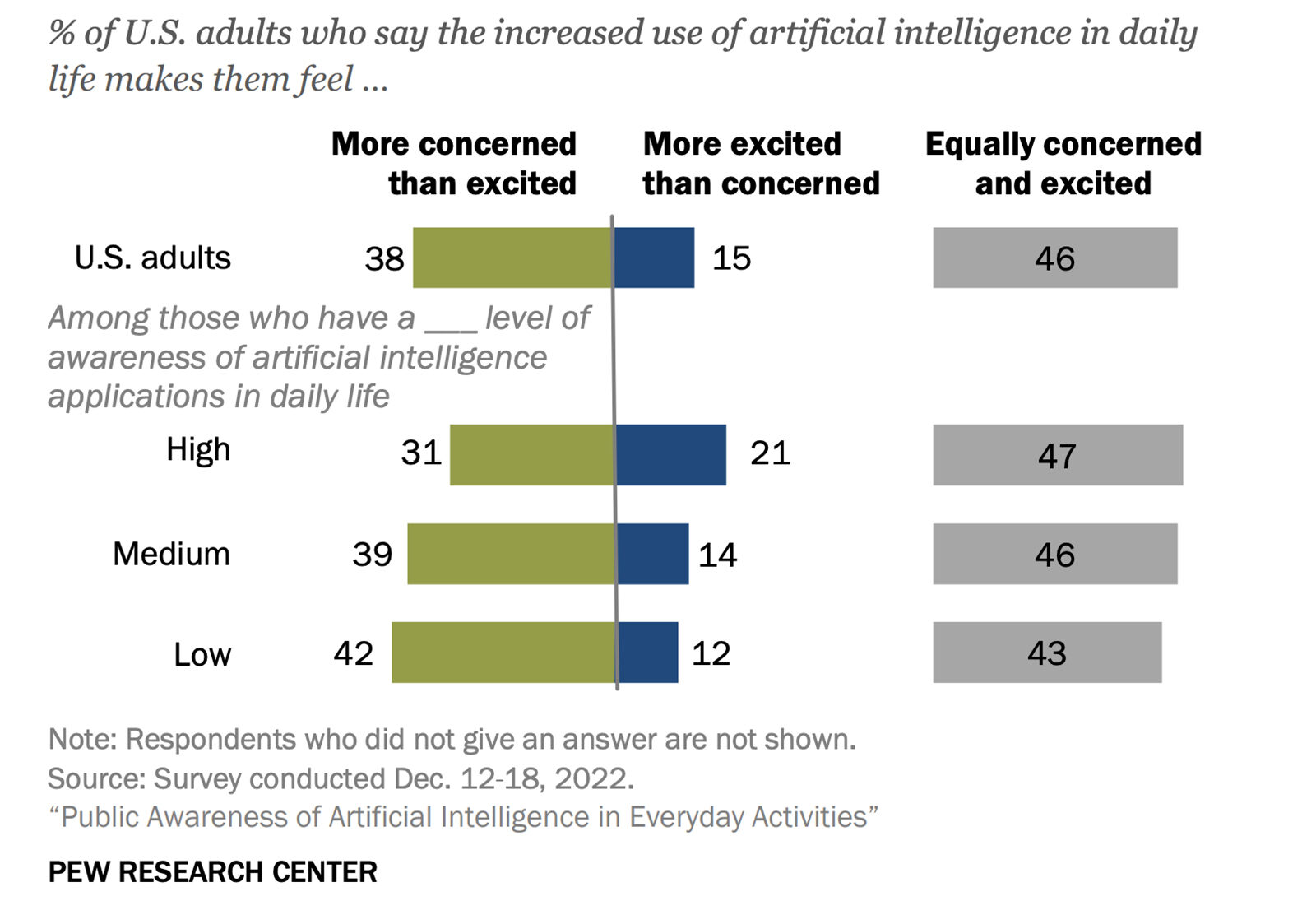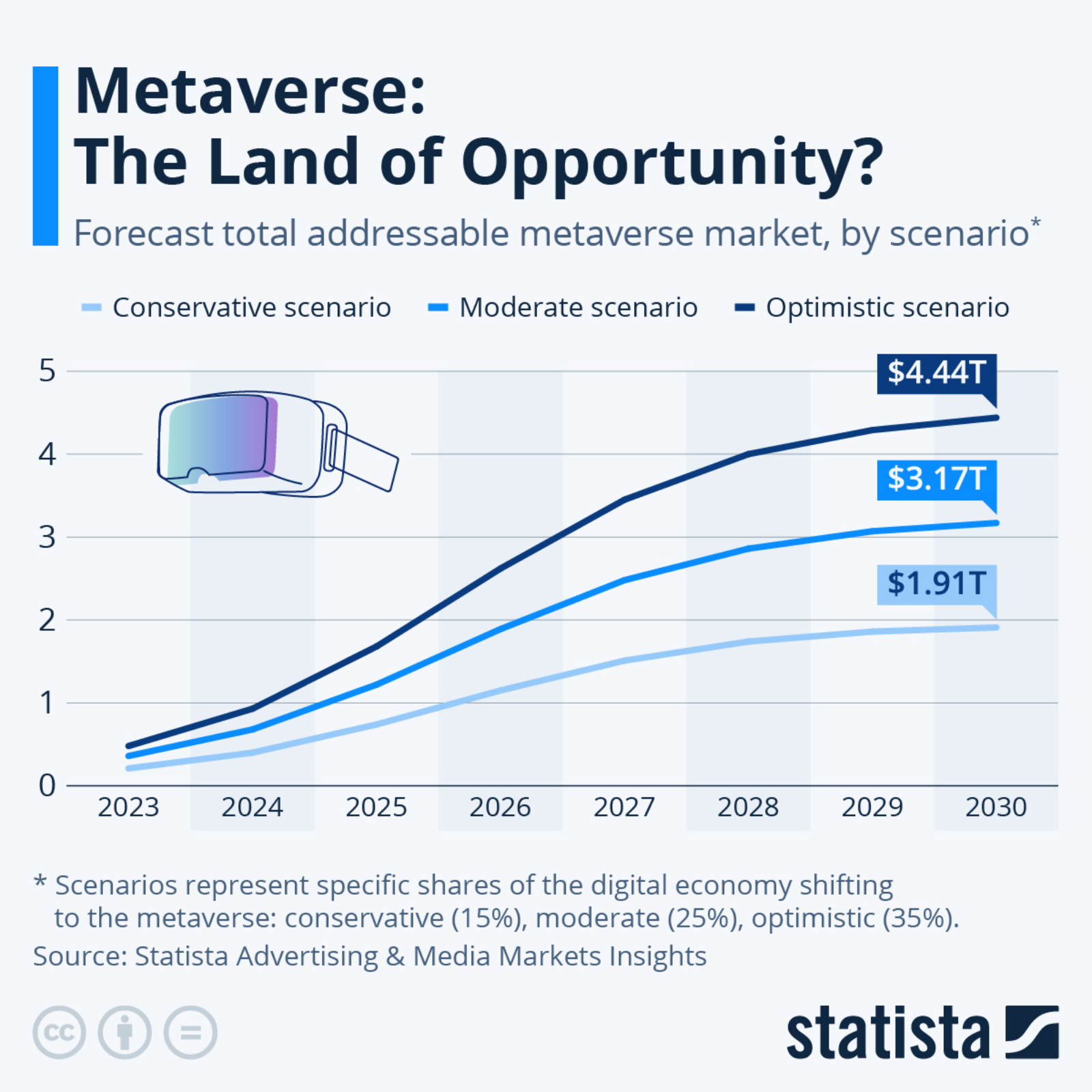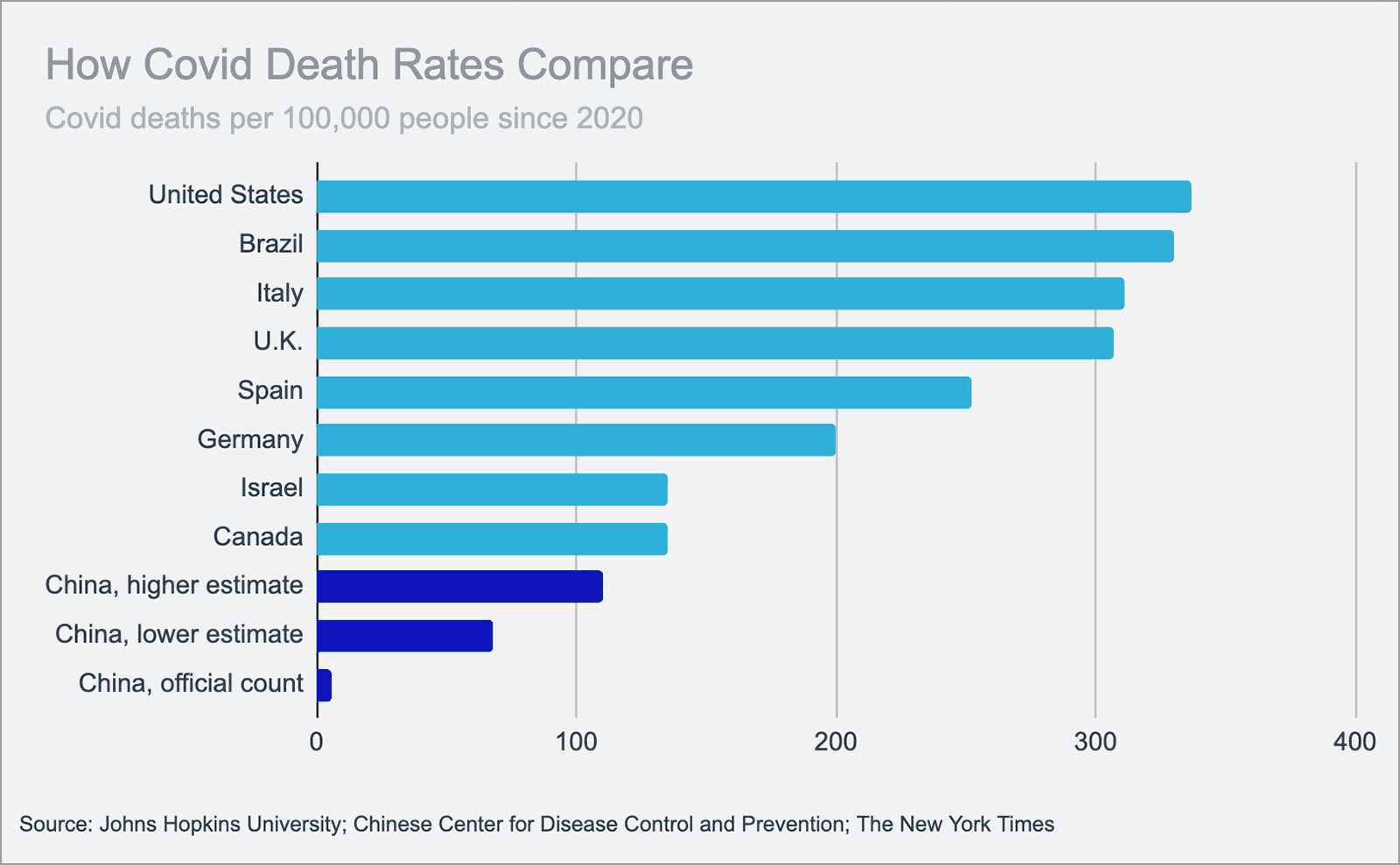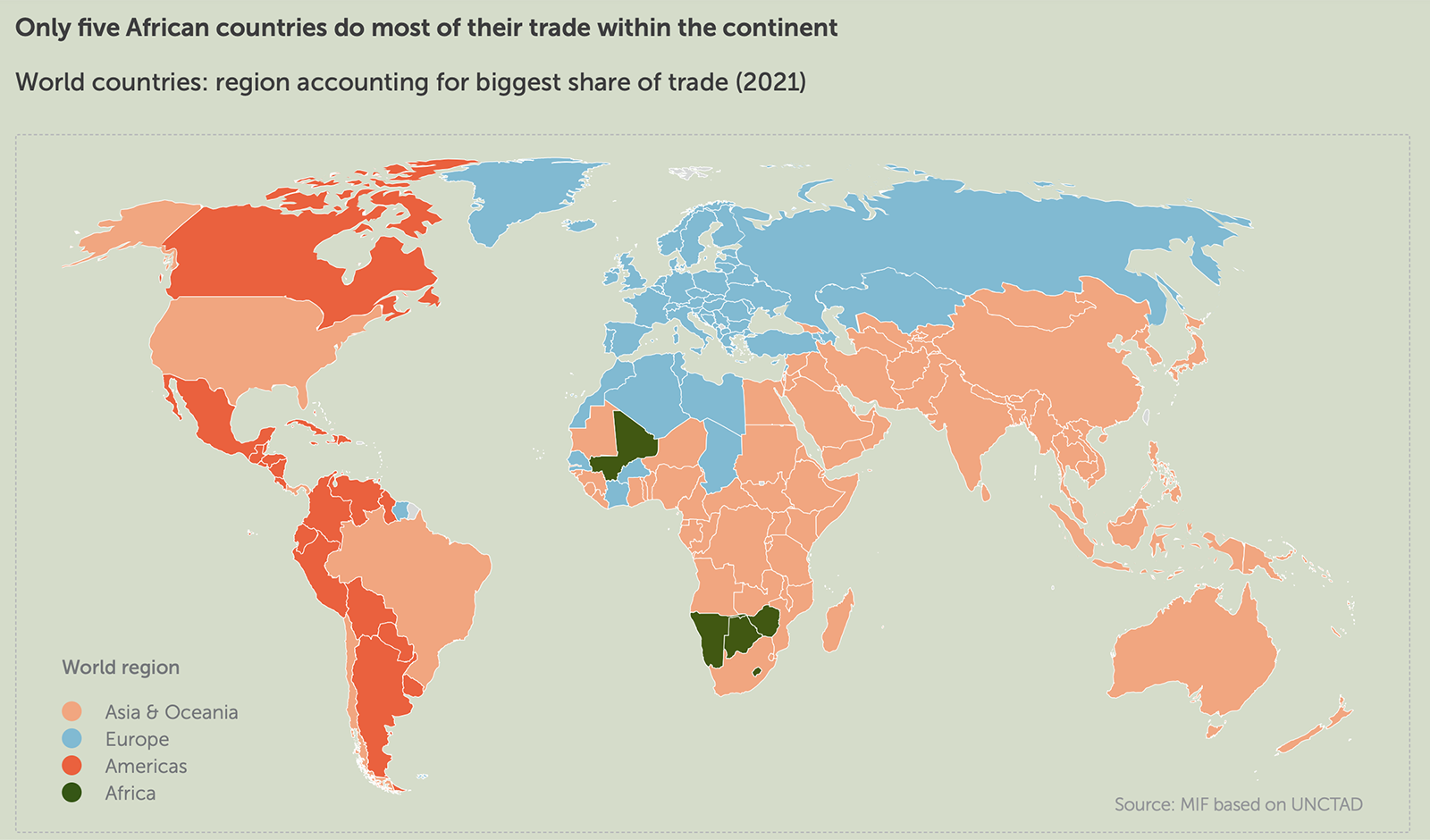Qatar Hosts the Most Expensive World Cup Ever
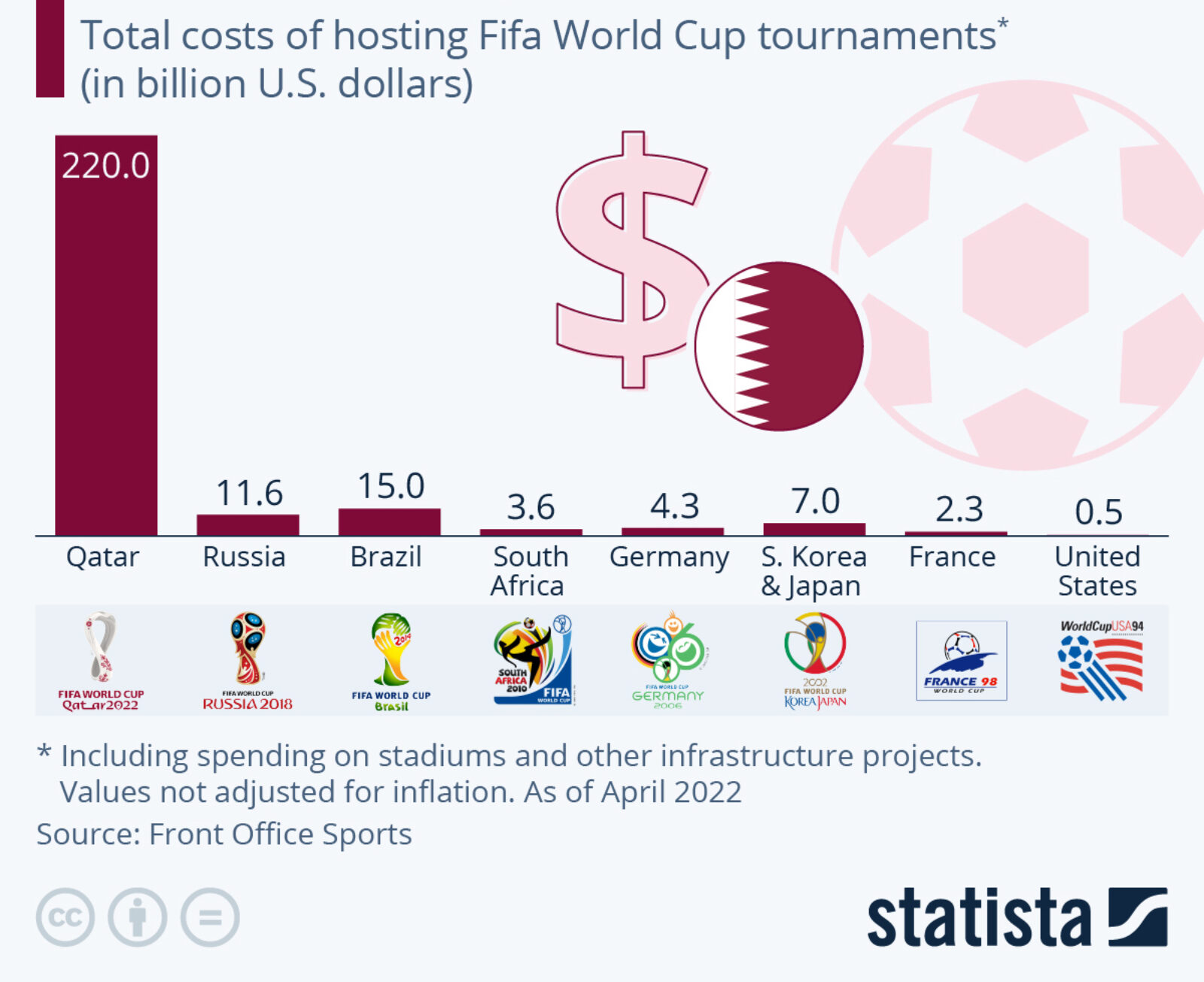
Source: Statista
The 2022 World Cup in Qatar, which kicked off November 20, is the most expensive World Cup ever, with costs reaching $220 billion. The expenses included new stadiums, but the majority of the money was spent on new infrastructure like hotels, airports, and a metro system. Tickets are also the highest price they’ve ever been: football fans paid an average of $340 per match, roughly 40% more than for the 2018 tournament.
Host countries like Qatar, Russia, and Brazil hope to balance the cost with this investment in infrastructure, international exposure, and a boost in tourism. Qatar expects more than 1 million tourists to come for the event. But research shows that most mega-sporting events have a zero or negative effect on tourism.
That cost-benefit analysis doesn’t include attracting international attention, but Qatar has drawn international criticism for the human cost of the tournament. Human rights organizations have accused Qatar of exploiting hundreds of thousands of Nepali migrant workers who built the stadiums. Amnesty International reports thousands of those workers died while working in high heat and dangerous conditions, though the exact count is unknown because officials attributed most deaths to “natural causes.”


